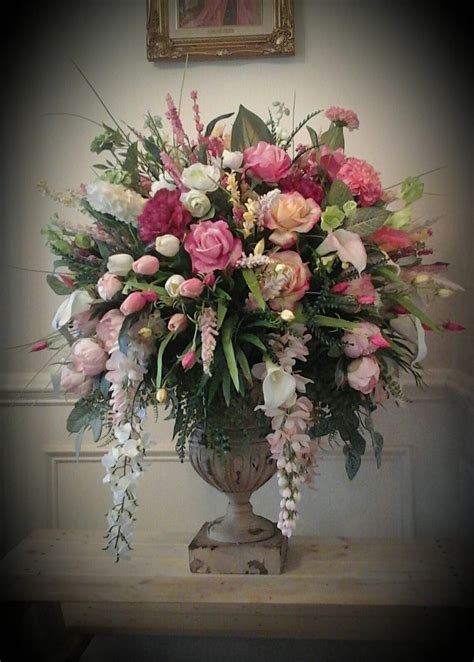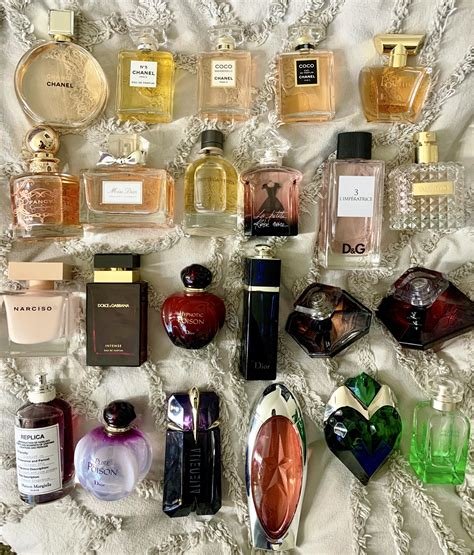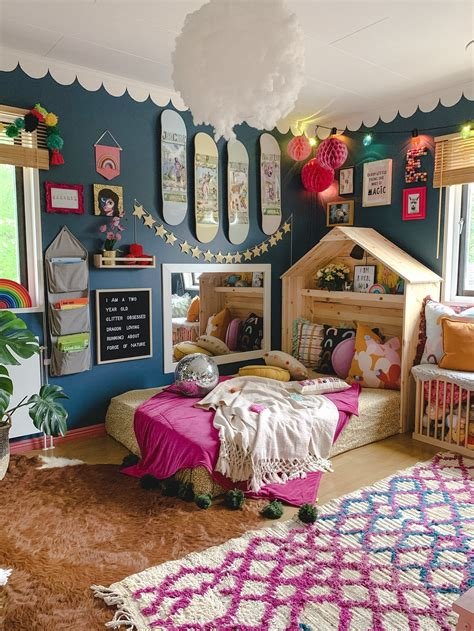The Art of Floral Arrangement: How to Create Stunning Flower Bouquets
Floral arranging is an art form that allows you to express your creativity while creating stunning and eye-catching bouquets. Whether you’re a beginner or an experienced flower enthusiast, understanding the principles and techniques behind floral arrangements can help you design beautiful and harmonious bouquets. In this blog post, we will explore the essential aspects of creating stunning flower bouquets, from choosing the perfect flowers and understanding color combinations to mastering different techniques and adding the final touches. By the end of this post, you’ll have the knowledge and confidence to create beautiful and visually impactful floral arrangements that will leave everyone in awe. So, let’s dive into the art of floral arrangement and unleash your creativity with flowers.
Choosing the Perfect Flowers for your Bouquet
When it comes to choosing the perfect flowers for your bouquet, it’s important to consider both the aesthetic and practical aspects of the selection. Start by thinking about the overall style and theme of your event or the occasion for which the bouquet is intended. Whether you’re going for a rustic, bohemian look or a sleek, modern feel, the types of flowers you choose will play a big role in setting the tone.
Next, consider the color palette. Color combinations can have a big impact on the overall look of the bouquet. You might opt for a monochromatic scheme for a chic and sophisticated feel, or go for a vibrant mix of complementary colors for a bold and eye-catching look.
Another important factor to consider is the size and shape of the flowers. Larger blooms like peonies and hydrangeas can create a lush and voluminous look, while smaller flowers like ranunculus and baby’s breath can add delicate texture and airiness to the bouquet.
Finally, don’t forget to take into account the season and availability of flowers. Certain blooms are more readily available at different times of the year, so it’s important to choose flowers that are in season to ensure both the best quality and affordability for your bouquet.
Understanding Color Combinations in Floral Arrangements
When it comes to creating stunning floral arrangements, understanding color combinations is essential. The right combination of colors can make your bouquet truly stand out and capture the attention of everyone who sees it. Whether you are arranging flowers for a special event or simply to brighten up your home, knowing how to use color effectively is key.
One important concept to keep in mind when working with color combinations is the idea of complementary colors. These are colors that are opposite each other on the color wheel, such as red and green, or blue and orange. When used together, complementary colors can create a striking contrast that adds visual interest to your arrangement.
Another aspect to consider is the mood and atmosphere you want to create with your floral design. Warm colors like red, orange, and yellow can create a vibrant and energetic feel, while cool colors like blue, purple, and green can evoke a sense of calm and tranquility. By understanding the emotional impact of different colors, you can tailor your arrangement to suit the occasion and setting.
In addition to selecting the right colors, it’s also important to pay attention to the proportion of each color in your arrangement. Using too much of one color can overwhelm the bouquet, while not using enough can make the arrangement appear unbalanced. Finding the right balance of colors is crucial for creating a visually appealing and harmonious floral composition.
Essential Tools and Materials for Flower Arranging
When it comes to creating stunning floral arrangements, having the right tools and materials at your disposal is crucial. Whether you’re a beginner or a seasoned pro, having the right equipment can make all the difference in the outcome of your arrangements.
One of the most essential tools for flower arranging is a sharp pair of pruning shears. This tool allows you to precisely cut through stems and foliage without causing damage to the plant. Additionally, a pair of floral scissors can be useful for delicate trimming and shaping.
Aside from cutting tools, having a variety of containers and floral foam on hand is essential for creating stable and long-lasting arrangements. Floral foam provides a sturdy base for your flowers and allows you to create a well-balanced design. Additionally, different types of containers can offer varying shapes and depths, adding visual interest to your arrangements.
Finally, having a reliable source of water and flower preservative is crucial for maintaining the longevity of your arrangements. Whether you’re working with fresh or preserved flowers, proper hydration is key to keeping your arrangements looking fresh and vibrant.
Techniques for Creating Different Bouquet Shapes
When it comes to creating stunning floral arrangements, the shape of your bouquet plays a crucial role in the overall design. By using different techniques to create unique shapes, you can add visual interest and elevate the impact of your arrangements.
One popular technique for creating a unique bouquet shape is the cascade or waterfall style. This involves arranging the flowers in a way that creates a flowing, cascading effect. This is achieved by using longer stems at the bottom and gradually shorter stems at the top, creating a dramatic and elegant look.
Another technique is the round or posy style, which focuses on creating a compact, spherical shape. This can be achieved by using a mix of focal flowers and filler flowers, arranging them in a tight, rounded formation. This style is perfect for creating a classic and timeless bouquet.
For a more organic and freeform look, the hand-tied style is a great option. This involves loosely arranging the flowers and foliage in a natural, unstructured way, then tying them together with ribbon or twine. This technique is perfect for creating a bohemian or rustic bouquet.
Design Principles to Enhance the Visual Impact of Your Arrangement
When it comes to flower arranging, understanding the design principles is crucial in creating an arrangement that is visually appealing. One of the most important principles to consider is balance. Whether it’s symmetrical or asymmetrical, achieving a harmonious balance of flowers and greenery will enhance the overall look of your arrangement.
Another key principle is focal point. By using a combination of different flower heights and sizes, you can create a focal point that draws the eye and adds interest to the arrangement. This can be achieved by using larger or more vibrant flowers as the focal point, and complementing them with smaller, more delicate blooms.
Additionally, the use of color combinations can greatly impact the visual appeal of the arrangement. By understanding the color wheel and how different hues complement each other, you can create a striking and cohesive color scheme that enhances the overall impact of the arrangement.
Lastly, incorporating texture and depth through the addition of greenery and foliage can add visual interest and dimension to the arrangement. By considering these design principles, you can create a floral arrangement that captivates and delights the viewer.
Adding Greenery and Foliage for Natural Texture and Depth
When it comes to creating a stunning floral arrangement, greenery and foliage play a crucial role in adding natural texture and depth to the bouquet. Not only do they provide a beautiful backdrop for the vibrant blooms, but they also help to fill out the arrangement and create a sense of fullness and volume.
Incorporating different types of greenery can add an element of interest and variety to the bouquet. Whether it’s delicate ferns, fragrant eucalyptus, or vibrant succulents, each type of foliage brings its own unique texture and color to the arrangement.
Additionally, the use of foliage can help to create a sense of movement and flow within the bouquet, adding a dynamic and organic feel to the overall design. By strategically placing different types of greenery throughout the arrangement, you can create a sense of balance and harmony, enhancing the visual impact of the bouquet.
Ultimately, the careful selection and placement of greenery and foliage can elevate your floral arrangement, bringing it to life with a natural, lush, and textured look that is sure to captivate and enchant. So next time you’re creating a bouquet, don’t underestimate the power of greenery in adding depth and dimension to your floral design.
Creating a Harmonious Balance of Flower Heights and Sizes
When arranging flowers, it’s important to consider the harmonious balance of flower heights and sizes in order to create a visually appealing arrangement. The use of different heights and sizes can add depth and dimension to your bouquet, making it more interesting and dynamic.
One technique to achieve this balance is to use a variety of flowers with different stem lengths. Taller flowers such as delphiniums or snapdragons can be placed towards the back of the arrangement, while shorter flowers like roses or carnations can be placed towards the front. This layering of heights creates a sense of depth and balance.
In addition to varying stem lengths, it’s also important to consider the size and shape of the flowers themselves. Mixing larger, more bold blooms with smaller delicate flowers can add interest and texture to the arrangement. This juxtaposition of sizes creates a sense of harmony and balance, making the bouquet visually stunning.
By incorporating a harmonious balance of flower heights and sizes into your floral arrangements, you can create a beautiful and visually captivating bouquet that will be a showstopper at any event or occasion.
Layering Techniques to Create Dimension in Your Bouquet
When it comes to creating a stunning bouquet, layering techniques can make all the difference. Layering allows you to add depth and dimension to your arrangement, making it more visually interesting and dynamic. By strategically placing different types of flowers and foliage at varying heights and angles, you can create a sense of movement and energy in your bouquet.
One effective layering technique is to start with a base of larger, more substantial flowers and then gradually add in smaller, delicate blooms to fill in the gaps and create a sense of fullness. This creates a beautifully textured look that is both visually appealing and dynamic.
Another way to create dimension in your bouquet is to pay attention to the way you place your flowers and foliage. By staggering the heights of the stems and varying the angles at which they are arranged, you can create a sense of depth and movement that is both eye-catching and captivating. Additionally, adding in different textures, such as fluffy foliage or spiky branches, can further enhance the dimension of your bouquet.
Overall, layering techniques are an essential part of creating a visually impactful bouquet. By using a variety of flowers, foliage, and textures and paying attention to placement and height, you can create a bouquet that truly stands out and captures the eye. So, next time you’re arranging a bouquet, don’t underestimate the power of layering techniques to create dimension and depth.
Using Floral Foam and Other Support Structures
When creating a beautiful floral arrangement, it is essential to consider the use of floral foam and other support structures to help keep the flowers in place and maintain the overall shape of the bouquet. Floral foam is a lightweight, porous material that absorbs water, providing hydration to the flowers in the arrangement. This allows the flowers to stay fresh and vibrant for a longer period of time. In addition to floral foam, other support structures such as wire, tape, and containers play a crucial role in creating a stable and visually appealing arrangement.
Floral foam comes in various shapes and sizes, making it easy to fit into different types of containers. It can be cut and shaped to create the desired arrangement form, whether it’s a traditional round bouquet, a cascading arrangement, or a modern geometric design. The versatility of floral foam allows for endless creative possibilities when designing a bouquet for any occasion.
When using floral foam, it’s important to soak it in water before inserting the flowers. This ensures that the foam is fully hydrated and ready to support the arrangement. Care should also be taken to handle the foam gently, as it can break apart if handled too roughly. In addition to floral foam, wire and tape can be used to secure stems and foliage in place, providing extra support and stability to the bouquet.
Using support structures such as floral foam, wire, and tape not only helps maintain the shape and structure of the arrangement, but also allows for greater freedom in design. Whether creating a centerpiece for a wedding or a simple bouquet for a special occasion, the use of floral foam and other support structures is an essential part of the flower arranging process.
Adding the Final Touches: Ribbons, Vases, and Accessories
When it comes to finishing off your floral arrangement, the ribbons, vases, and accessories you choose can make all the difference. Ribbons can add a pop of color and texture, and can be used to tie together the stems of your bouquet for a polished look. Vases are not only functional, but can also be a statement piece in your arrangement. Choosing the right vase can enhance the overall aesthetic of your bouquet. Lastly, accessories such as decorative stones, crystals, or feathers can add a unique and personal touch to your creation.
It’s important to consider the overall theme and style of your arrangement when selecting ribbons, vases, and accessories. For example, if you have a romantic, vintage-inspired bouquet, you may opt for lace ribbons and a vintage-inspired vase. On the other hand, if your arrangement is modern and minimalist, you may choose a sleek, contemporary vase and simple, monochrome ribbons. Additionally, consider the colors and shapes of the flowers in your bouquet, and select ribbons, vases, and accessories that complement and enhance their beauty.
Don’t be afraid to get creative with your ribbons, vases, and accessories. Experiment with different textures, lengths, and materials to find the perfect finishing touches for your bouquet. By paying attention to these final details, you can take your floral arrangement to the next level and create a truly stunning and unique masterpiece.
So, the next time you’re putting together a bouquet, remember that the ribbons, vases, and accessories you choose are the finishing touches that can elevate your creation from beautiful to breathtaking.
Frequently Asked Questions
What are the best flowers to use for a bouquet?
Roses, lilies, and daisies are popular choices for bouquets due to their beauty and versatility.
How can I create a visually appealing color combination in a floral arrangement?
You can use the color wheel as a guide to choose complementary or contrasting colors for a striking effect.
What tools and materials do I need for flower arranging?
Some essential tools include floral shears, floral tape, and a water-resistant vase or container.
What are some techniques for creating different bouquet shapes?
You can use the round, cascade, and hand-tied techniques to achieve different shapes and styles.
How can I enhance the visual impact of my floral arrangement?
You can follow design principles such as balance, proportion, and harmony to create a visually appealing bouquet.
How can I add natural texture and depth to my bouquet?
Adding greenery and foliage can enhance the natural and textured look of your arrangement.
What are some tips for creating dimension in a bouquet?
Layering techniques can help create depth and dimension in your floral arrangement.
What final touches can I add to my bouquet?
You can use ribbons, vases, and other accessories to add the finishing touches to your beautiful bouquet.






